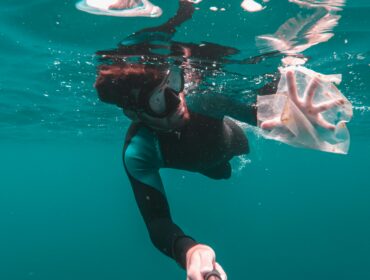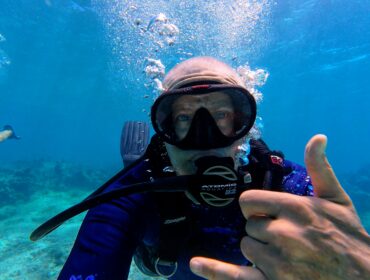Seagrasses are marine plants that are found in many areas around the world. There are about sixty different species of these grasses, each with its own unique appearance and habitat. Because they are photosynthesizing plants, these grasses can only grow in areas where enough sunlight penetrates the water. For this reason, grasses are often found in coastal spots. These grasses often closely resemble terrestrial grasses, and feature long, deep green leaves. In addition, they often grow in vast beds, making their appearance to terrestrial grasses even more apparent. However, although they may appear to be simple, plain plants, these grasses play a crucial role in marine ecosystems.
There are many reasons why seagrasses are so important in a marine environment. A bed of these grasses can serve as an essential habitat for many types of marine life. The long leaves serve as shelter and protection for creatures such as seahorses or crabs that live within the beds. The grasses are also an area where many fish and crustacean species can lay their eggs or raise their young in relative safety.
In addition to their ability to protect creatures from predators, seagrass fronds also serve as an important food source for marine life such as turtles and manatees, which graze on the leaves. The dead leaves of the grasses feed bottom feeders such as sea cucumbers. Larger predators may nibble on the species that live around the grasses. An entire marine ecosystem, with a fully-functioning food chain, can emerge from a single bed of seagrass.
Seagrasses also serve other purposes for a marine ecosystem. These grasses play an important role in the stabilization of the sea bed. Seagrass roots grow in such a way that they extend both horizontally and vertically. This helps to ensure that the sea bed remains intact and that erosion is slowed. In turn, this ensures that sea beds and coastlines remain undamaged during harsh weather.
The leaves of these grasses also help to capture particles floating through the water. This process, called sedimentation, helps to ensure water clarity. It can also help to protect other marine environments from harmful runoff. Runoff particles are caught and filtered by the grasses before they can drift into the open ocean. Due to photosynthesis, these grasses also store a great deal of carbon dioxide and produce a large quantity of oxygen.




